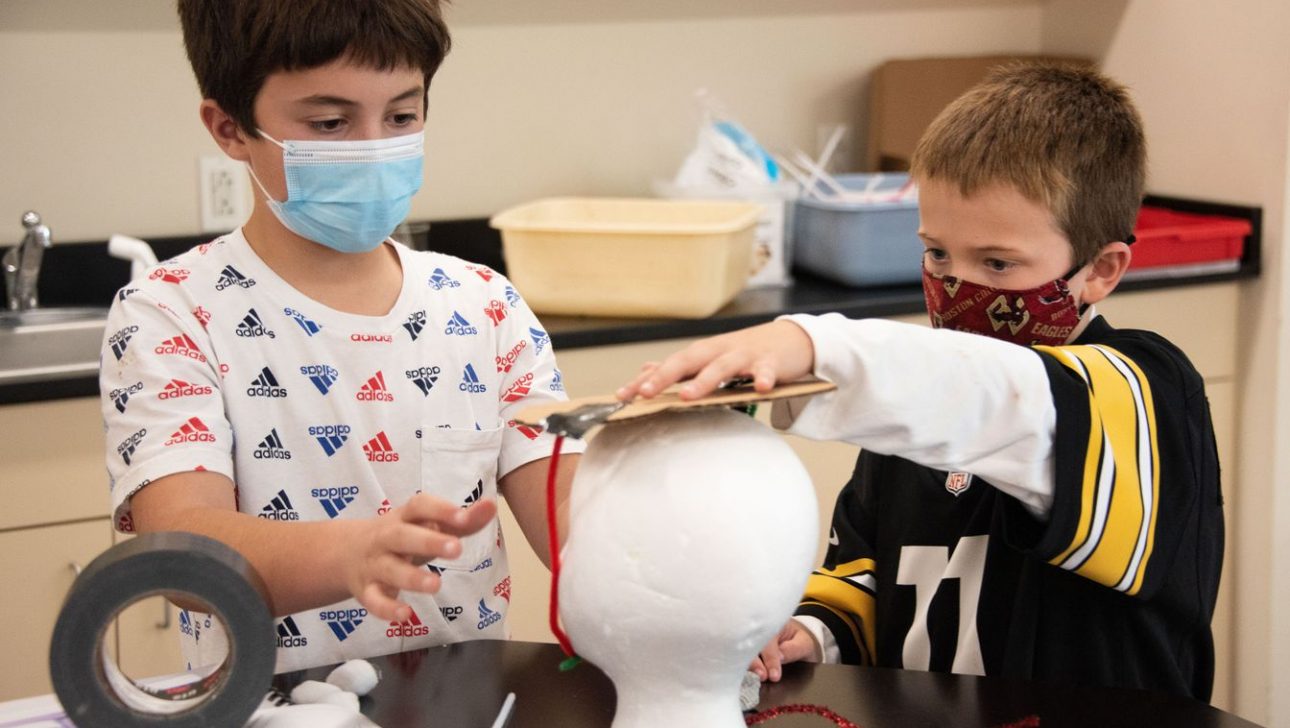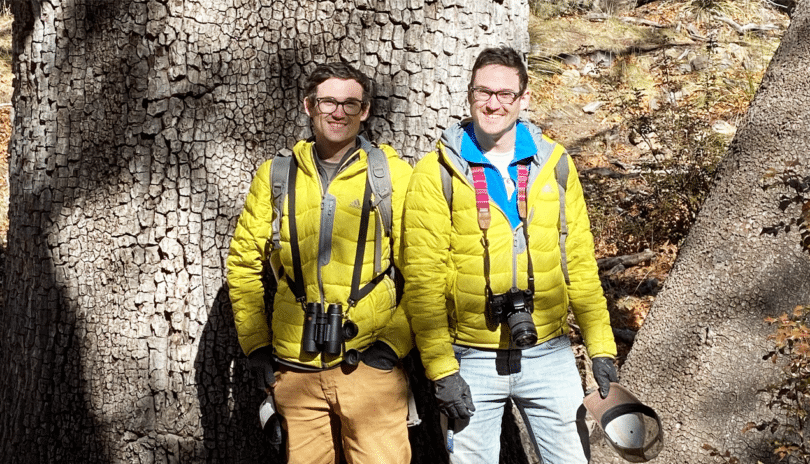In science class, fourth graders are learning why it’s essential to protect your brain as they study the workings of the nervous system. In a recent hands-on project, students simulated the need for head protection gear. They were challenged to make a helmet that would fit and protect a Styrofoam head during a fall. Using the Engineering Design Process, students got to work. In the “ask” phase of the project, they spent time researching and learning about the different types of helmets that existed, what they are used for, how they are made, and the history of head protection.
Students were given a finite amount of materials to work with, and before they set out to create a prototype, each student imagined and designed on paper a helmet that would meet the challenge of protecting the head during a fall. They were then assigned to work on a team with other students, where they shared their designs and then brainstormed a design incorporating the best ideas shared within the group. Throughout three class periods, each team created helmets.
Next came the testing and refinement phase. For testing, each group taped water-filled Orbeez (representing the delicate nature of the brain) to the top of the Styrofoam head and then put on their protective helmets. The heads, crown side down, were dropped to the floor from an equal distance for each team of helmet designers. If the Orbeez remained intact, the helmet was deemed a success. Splattered Orbeez required students to return to their prototypes to improve their designs and retest. Beyond practicing the Engineering Design Process, this was a great lesson in why you should always put on your helmet when hopping on a bicycle, stepping into rollerblades, or strapping on skis!







